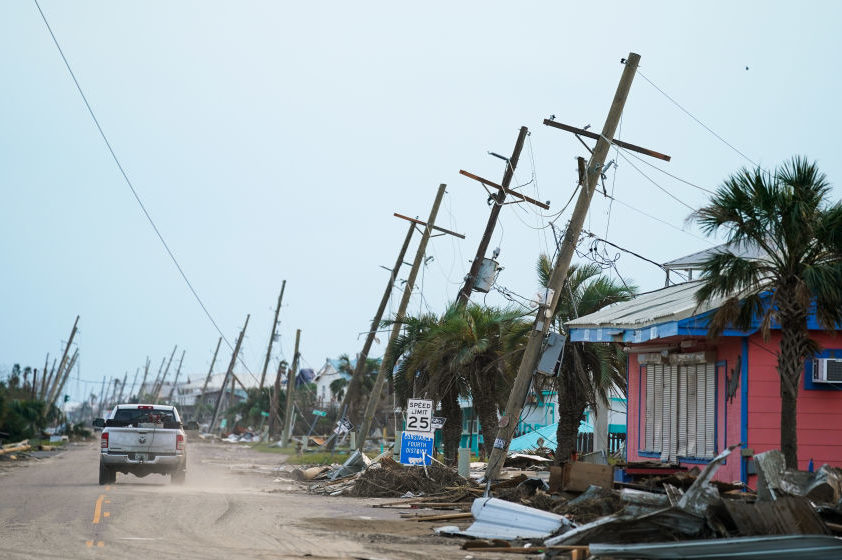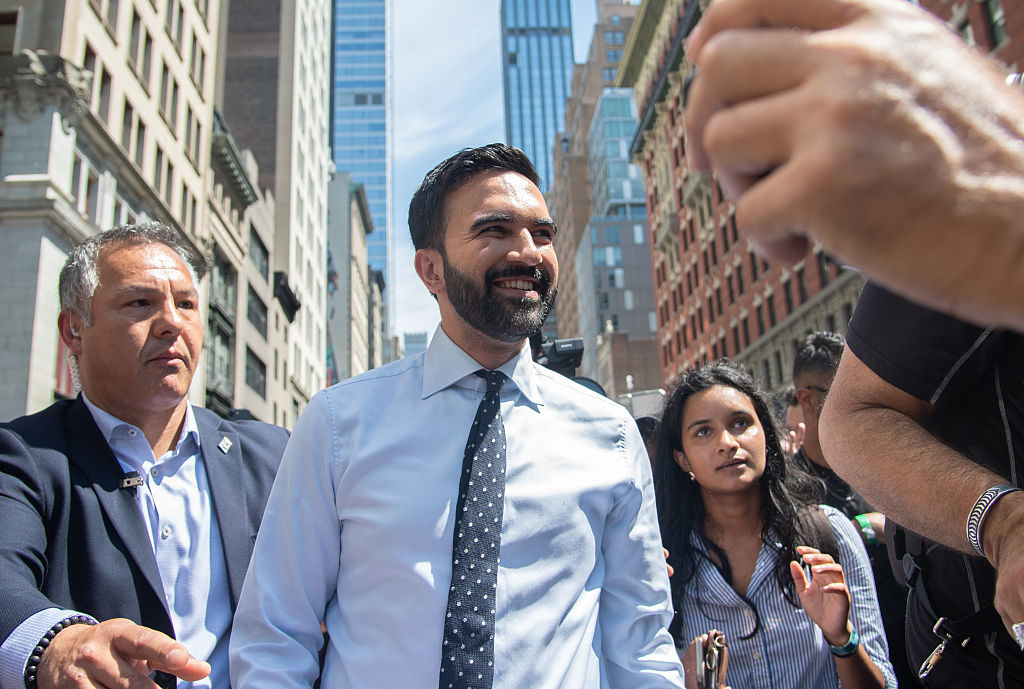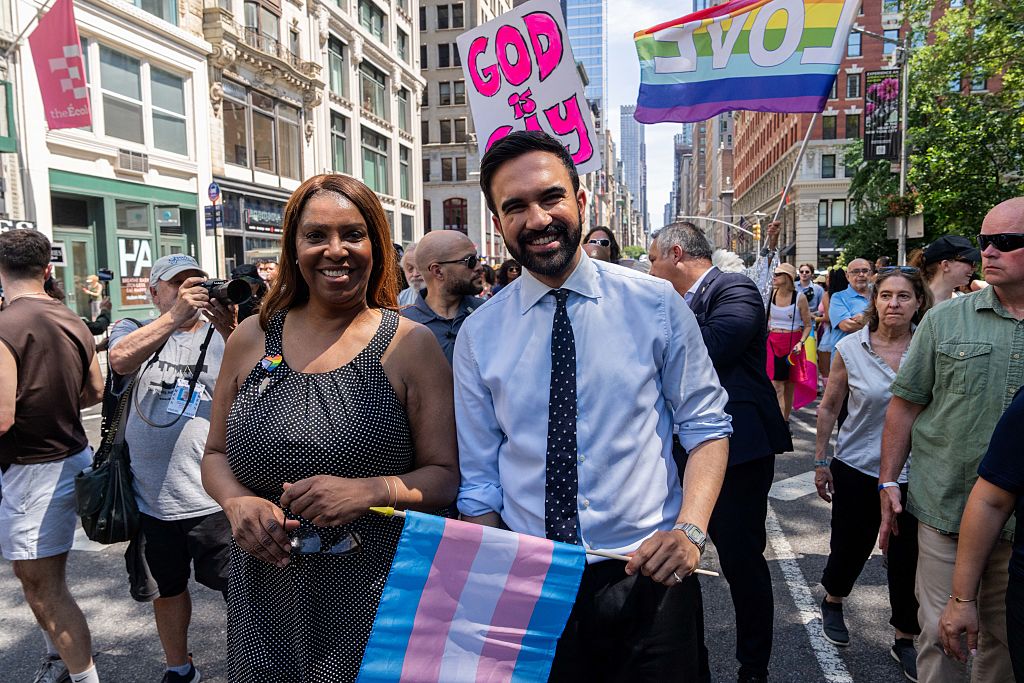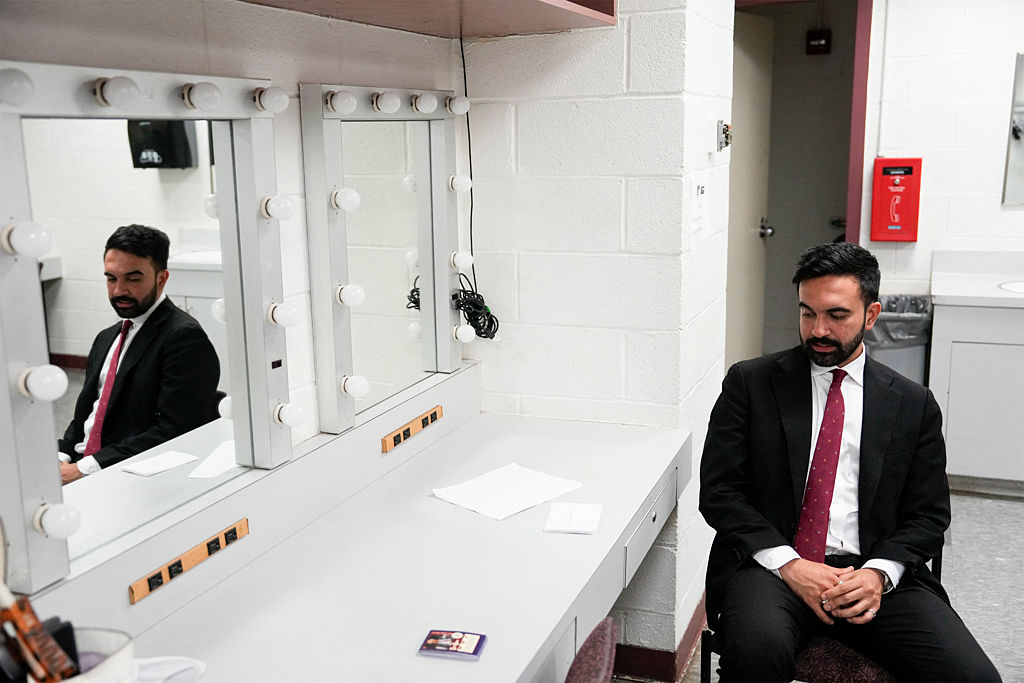Watching coverage of Hurricane Ida on both sides of the Atlantic, it was hard to escape the impression that politicians and reporters were almost hoping that the worst would happen: that New Orleans would be drowned in a new Katrina. The ‘fifth largest hurricane on record’ and a protracted power outage affecting one million people were bad, but hardly the human catastrophe some had anticipated. In the event, the doom mongers had to be satisfied with the heaviest ever rainfall in New York and New Jersey, some crippling flood damage and as many as 50 deaths.
This did not, of course, prevent commentators up to and including the President seizing on climate change as the arch-culprit. What had happened, said Joe Biden from the White House, was ‘yet another reminder that…the climate crisis is here’. ‘This isn’t about politics,’ he went on. ‘Hurricane Ida didn’t care if you were a Democrat or Republican, rural or urban. It’s destruction everywhere. It’s a matter of life and death, and we’re all in this together.’
All of which may be true, but it neglects one crucial reality. Watch some of the footage from New York and New Jersey, and you might reasonably have been struck less by the swirling water than by something else: the dire state of parts of the infrastructure. The neglect of so much of the public domain was my abiding impression when I first visited the United States in the 1970s — and the overall picture had not improved significantly by the turn of the century, when I worked in Washington DC as a correspondent. Nor has it now. For all the shiny new towers that rise above so many US cities, down on the ground the impression can be very different.
From the gloomy staircases to the dungeons that pass for the New York subway system, to the perilous surface of urban roads (which may suddenly stop because the party in power changed or the money ran out), to the overburdened sewage systems and barely adequate power supply in many cities, American infrastructure is not only hugely inconsistent, but in general far inferior to what you will find in most of Europe. Power cuts were a fact of summer life even in the plusher parts of DC, when heat melted wiring; the same happened in winter, because above-ground cables could not cope with the near-annual blizzards.
Something similar goes for public transport. City buses are often antiquated. Although some city center stations have been meticulously restored and become thriving hubs for commerce – Washington’s Union Station being an example — the railway system is stuck somewhere in the middle of the last century, in terms of facilities as well as speed. The journey from Washington to New York City — a natural for a high-speed route — takes around three and a half hours for a distance of less than 250 miles. Paris to Lyon, not a dissimilar distance, takes around two hours; London to Glasgow, more than 400 miles, is covered in four and half hours.
The United States has completed some stellar ‘grands projects’ in its time, many of them, such as the Hoover Dam and the Lincoln Tunnel, under FDR’s New Deal. The Chesapeake Bay Bridge and Tunnel, completed in the mid-1960s, remains a marvel, and a rather splendid new crossing to replace the venerable Tappan Zee Bridge over the Hudson was fully completed just three years ago. But for a country that prides itself in being one of the biggest and richest in the world, the state of its public infrastructure is little short of a disgrace.
There are reasons of course. One of them being the perennial quarrels over state and federal funding. Another is — and I regret to say this — the sheer selfishness of richer counties that do their best to stop what they see as their hard-earned tax dollars going even to the less favored district next door. Before the 2000 election, I witnessed a bitter argument between two school districts in Vermont, where social inequality was being exacerbated by the refusal of the richer district to share any of its funds. A big reason why the favored Georgetown district of Washington DC has no subway station is that residents didn’t want it made any easier for the ‘riffraff’ to come their way.
One result of so little sharing of tax dollars is that in many parts of the US, not only do the rich get richer and the poor poorer, but the quality of their public facilities spins apart. With so much basic infrastructure by its very nature crossing district and state lines, this is an area the US, whether at federal or state level, needs to address.
To give him his due, this is one of President Biden’s post-pandemic priorities. And less noticed than his alarm about the climate crisis in the wake of Hurricane Ida was the opportunity he took to give his Build Back Better program another push. A $1 trillion infrastructure bill has already been approved by the Senate, but faces opposition when it goes to the House of Representatives this month.
The danger is, though, that the emphasis on climate — to the exclusion of almost any other reason for the lost lives and damage of the last few weeks in the US — means that little attention is paid to what actually can be done. Climate change risks becoming an alibi for doing nothing about upgrading what is, in much of the US, lamentably outdated infrastructure.
And the same goes in the UK and specifically in London. I live two blocks from the river. Nearly a century ago, in January 1928, the end of the next street — Page Street — and Millbank suffered catastrophic floods, as a result of unusually heavy snow melting in the Cotswolds, in which 14 people died and thousands lost their homes. The response was a vast slum clearance project and the construction of completely new flood defenses for the central London stretch of the Thames. It may be premature to observe, but this was the last serious flood to afflict central London.
Cross the Atlantic again and think back to Katrina. Why was New Orleans spared inundation this time, even though the hurricane was stronger? In part surely because in the intervening years the levees that failed so lethally in 2005 were substantially upgraded. The disaster forced action, and that action very probably limited the damage, whether or not climate change is bringing with it fiercer storms.
This article was originally published on The Spectator’s UK website.

























